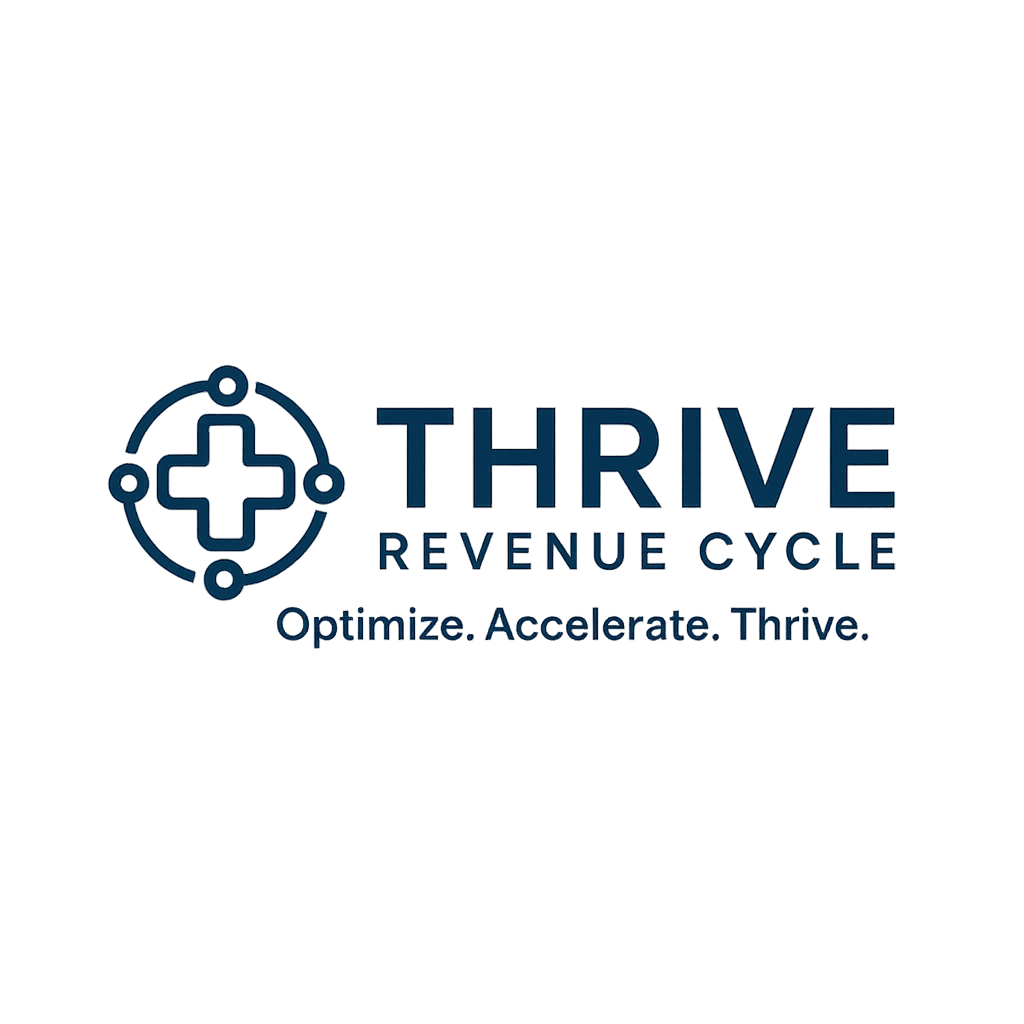Your cart is currently empty!
The Promise and Peril of AI in Revenue Cycle
Artificial Intelligence (AI) has moved from buzzword to baseline in healthcare revenue cycle operations. Today, practices use AI for:
- Automated charge entry
- Predictive denial avoidance
- Real-time eligibility checking
- Natural language processing (NLP) for documentation
- Rule-based claim edits and routing
But here’s the catch: AI only works as well as its rules, data, and oversight.
And when those fail? You don’t just lose efficiency—you lose revenue.
Common AI Failure Points in RCM
While AI offers speed, it can also introduce new errors if not configured and monitored properly:
- Overridden coding logic that misrepresents services
- Stale rulesets that don’t reflect payer changes or updated CPT/HCPCS guidelines
- Missed claim edits due to poorly designed branching logic
- Black box algorithms where no one knows why a denial occurs
- Silent system failures that process hundreds of claims with systemic errors before anyone notices
These are not theoretical risks—they’re real losses we see regularly in mid-sized practices.
Real-World Example: When Automation Backfires
A 20-provider orthopedic group implemented AI-powered coding automation that bypassed human review for high-volume encounters.
What went wrong:
- A misconfigured rule replaced complex E&M visits with basic codes for post-op checks
- 600+ encounters underbilled over a 90-day period
- Estimated $74,000 in lost revenue before it was caught in a quarterly audit
The team had no audit triggers in place. The automation was “working”—but not accurately.
Human + AI: A Smarter Oversight Model
To reap the benefits of AI without introducing risk, practices must implement an AI oversight framework that includes:
1. Human-AI Auditing
- Establish weekly or monthly QA reviews of a random sample of AI-handled claims
- Use a mix of low-dollar and high-dollar encounters to test logic at both ends
2. Rule Governance
- Maintain a central rule log with version control and update history
- Assign rule “owners” who review and tune logic based on payer feedback and audit findings
3. AI Exception Reporting
- Require vendor tools to flag anomalies, edits bypassed, or unhandled scenarios
- Set alerts for volume drops, coding pattern shifts, or unusually high clean-claim rates (which may hide missed edits)
4. Staff Empowerment
- Train billing staff to spot red flags and question AI output
- Create a feedback loop where staff can flag and escalate questionable automation behavior
Best Practices for Vendor Oversight
When working with AI-powered RCM vendors, ask:
- Can you show us the rules driving your decisions?
- How often are your rules updated—and by whom?
- What visibility do we have into edit logs, overrides, and learning behavior?
- Can we test claims in sandbox environments before go-live?
- How do you handle payer-specific nuances across states or specialties?
If a vendor can’t answer clearly—that’s a red flag.
Final Thought
AI can supercharge your revenue cycle.
But unchecked automation can quietly drain it.
✅ Build oversight into your tech stack.
✅ Trust your team as much as your tools.
✅ Audit, refine, and lead with strategy.
AI is an asset. But human governance is your safety net.

